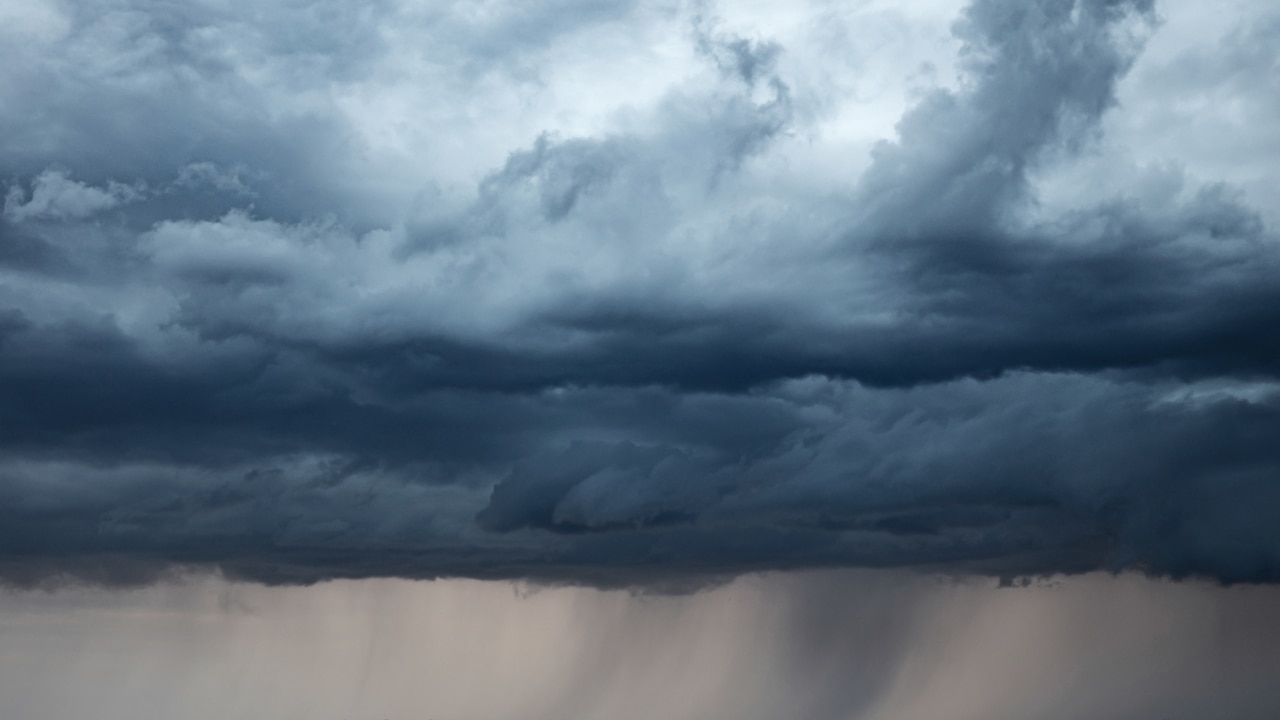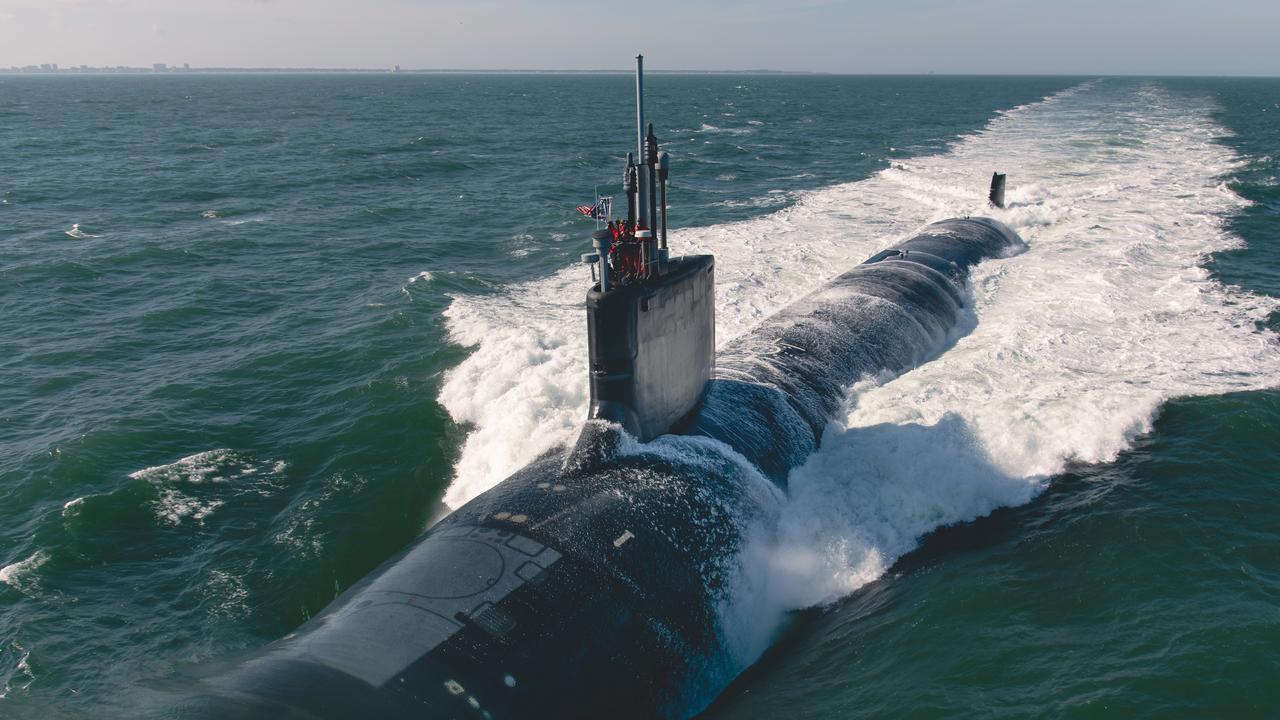Dam operators face balancing act of flood and drought
After a wet winter, and with another La Nina on the way, Brisbane’s mayor wants the city’s flood shield and principal water supply lowered.

As the rain-soaked eastern seaboard stares down another summer of floods, the mayor of the nation’s most at-risk capital has demanded a review of dam management to enable pre-emptive water releases ahead of the forecast deluge.
Brisbane’s Adrian Schrinner said the level of the city’s flood shield and principal water supply, Wivenhoe Dam, must be lowered before the third successive La Nina event took hold.
But he said the danger extended to the entirety of Australia’s east coast, after meeting emergency service heads and other key players at a planning summit last week called by the state government.
“As that meeting heard, the warning about another unusually wet period over the next few months isn’t just for Brisbane, but the entire eastern seaboard,” Mr Schrinner told The Australian.
“Along with Brisbane, many of the populated areas along the east coast already have full dams and sodden soil ... the question I am asking, and will continue to ask, is whether state authorities should adapt their approach to dam management with these severe warnings. I still haven’t had a proper answer.”

More than 20,000 homes flooded over February and March when the Queensland capital received 80 per cent of its annual rainfall in six days and Brisbane River and feeder creeks erupted.
But Mr Schrinner said the coming summer was potentially more problematic because a wet winter had saturated catchments, leaving them unable to absorb further run-off.
As unseasonably cool and wet conditions blanketed the city, Wivenhoe Dam was on Sunday at 90.5 per cent of its notional 200 per cent capacity – counting both flood mitigation and water storage compartments.
Somerset Dam was 80 per cent full and Enoggera Reservoir in Brisbane at 100.6 per cent. All up, the South East Queensland water grid was at 87.9 per cent capacity.
Wivenhoe’s official operation manual, signed off by the Palaszczuk government, prevents dam engineers from making active releases when extreme rainfall is forecast by the Bureau of Meteorology. Instead, they are forced to wait until rain is on the ground before controlled releases can be ordered to free up space.

However, The Australian understands there is provision for the state-owned operator Seqwater to request that state Water Minister Glenn Butcher declare a temporary fully supply level authorise draw-downs at Wivenhoe, Somerset and North Pine dams.
Mr Schrinner said the government must review the manual to allow for more flexibility.
“If you look at how quickly the dams filled up earlier this year, it was remarkable, we have never seen anything like it and it shows what’s possible. They filled up far faster than they did in 2011,” he said, referring to a disaster that inundated thousands of homes in Brisbane and Ipswich, some of which flooded again this year.
“The dam operating manuals were developed out of 2011 and I'm not sure if they envisaged just how quickly the dams could fill.
“Obviously, we must take advice from the experts, there’s no doubt about that, but as situations change, manuals, operating procedures should also be questioned as well.”
Emergency releases from the bulging dam in 2011 were blamed for 80 per cent of the flooding.
While last summer’s flood was not pinned on the state-owned dam operator, releases kept the swollen Brisbane River topped up, prolonging the duration of the crisis. Mitigation releases did not begin until three days after the BOM warned of heavy rain.
Mr Schrinner noted that ahead of the last flood, South East Queensland was on the brink of drought, with Wivenhoe’s 2.08 million megalitre flood-storage compartment empty and the water grid below 60 per cent.
With “just a few days of rain” Wivenhoe was inundated with 2.2 million megalitres, four times the volume Sydney Harbour.
Such was the intensity of the rain across the South East that storm drains were overwhelmed, suburban creeks erupted into torrents and overland flows cascaded through homes not known to have previously gone under.

Water Minister Glenn Butcher said he would continue to take advice on dam management, balancing the priorities of water storage and flood mitigation.
“We know wet weather is forecast, but we don’t know when or where rain will fall. We take advice from the experts,” he said on Sunday. “Once water is released from a dam, we cannot get it back, so it is absolutely critical that we take expert advice from both Seqwater and department officials.”
Given Wivenhoe’s flood storage compartment was for now empty, any immediate releases would have to come from the region’s drinking water supply and if the anticipated rains did not fall over summer “then it’d be a different story”, Mr Butcher said in other recent comments.
Professor Hubert Chanson, a hydraulic engineering expert from the University of Queensland, said dam operators were engaged in a high-stakes balancing act, preparing for both drought and flood.
“Wivenhoe is essential for providing South East Queensland with water for long duration droughts, so early releases prior to any run-off in the catchment could increase the risk of southeast Queensland running out of water during a dry period,” Professor Chanson said. “While we have had a lot of rain between 2011 and now, what happens if we have a 40-year drought?”
Dam releases a few days before heavy rain was predicted could be considered, but it would be difficult given the unpredictability of weather forecasts, he said.
Mr Schrinner said the solution was to bolster Brisbane’s water security, so dam engineers could make releases from Wivenhoe without risking drinking supplies.
The state government is considering an independent report on its preparations and management of the floods handed to them by the state’s Inspector-General of Emergency Management in August.







